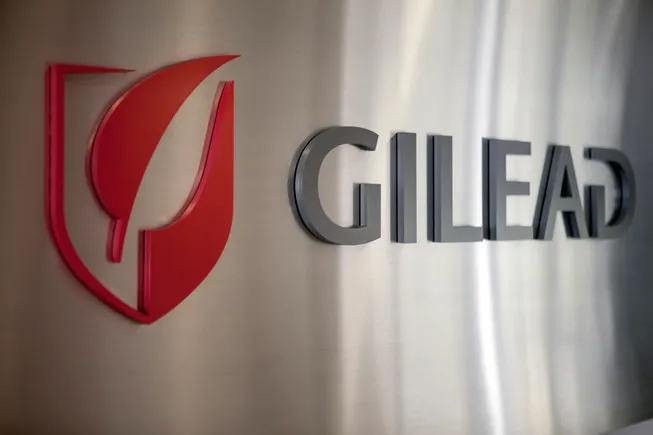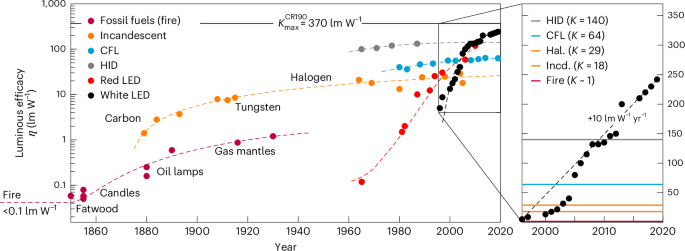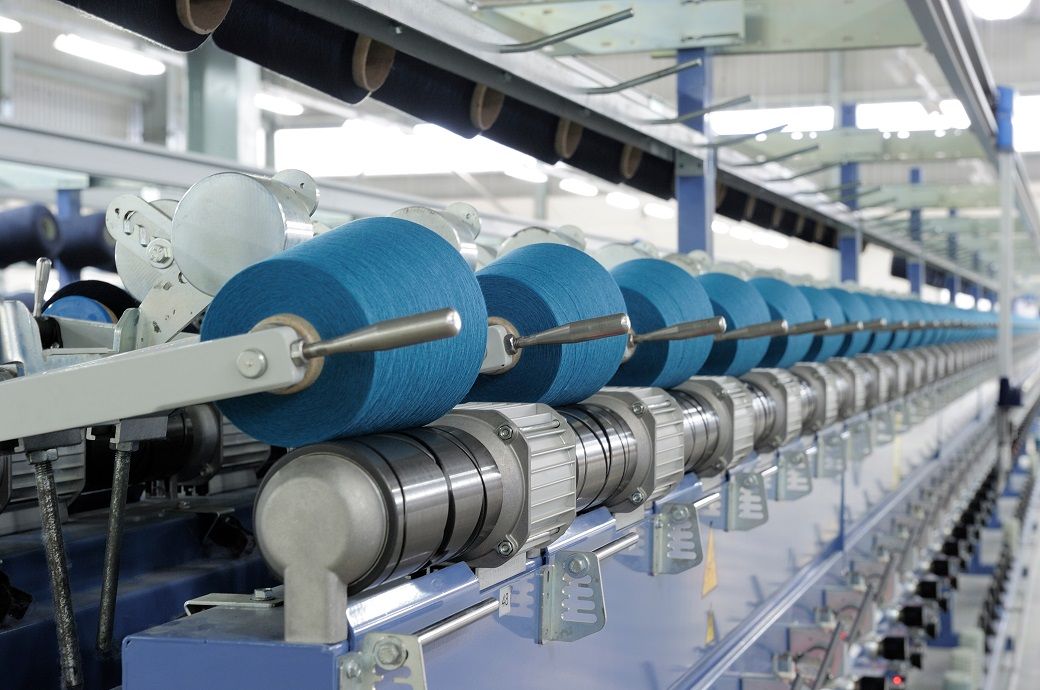Engineered Prussian Blue‐Curcumin Nanozyme with RONS Scavenging Properties for Augmented Reversible Treatment of Cardiac Hypertrophy
Advanced Healthcare Materials, EarlyView.

Engineered Prussian Blue-Curcumin Nanozyme significantly reduces markers of cardiac hypertrophy and fibrosis in a transverse aortic constriction (TAC)-induced cardiac hypertrophy model in mice by scavenging reactive oxygen and nitrogen species (RONS). Echocardiography results also demonstrate a notable improvement in cardiac function in TAC mice following PB-Cur administration.
Abstract
Pathological cardiac hypertrophy, often triggered by the excessive production and accumulation of reactive oxygen and nitrogen species (RONS), may ultimately lead to heart failure. The treatment of myocardial hypertrophy often involves antioxidant stress therapy. In this study, by coordinating curcumin with ferric ions during the synthesis of Prussian blue nanoparticles, a Prussian blue-curcumin (PB-Cur) nanozyme is successfully engineered with exceptional reactive oxygen and nitrogen species (RONS) elimination capabilities. Following PVP modification, the PB-Cur nanozyme exhibited favorable biocompatibility and stability in aqueous solutions. Furthermore, the PB-Cur nanozyme shows remarkable reversible treatment efficacy against myocardial hypertrophy in both in vitro and in vivo models. After one week of treatment, the PB-Cur group in the transverse aortic constriction (TAC)-induced cardiac hypertrophy models displayed a notable decrease in myocardial hypertrophy and fibrosis. Echocardiographic findings also revealed a substantial improvement in cardiac function among TAC mice following PB-Cur administration. Mechanistically, through reactive oxygen species (ROS) elimination, the PB-Cur effectively downregulated oxidative stress-related pathways, including MAPK and PI3K-Akt, which hold promise for treating oxidative stress-related cardiac diseases.











































































































































































